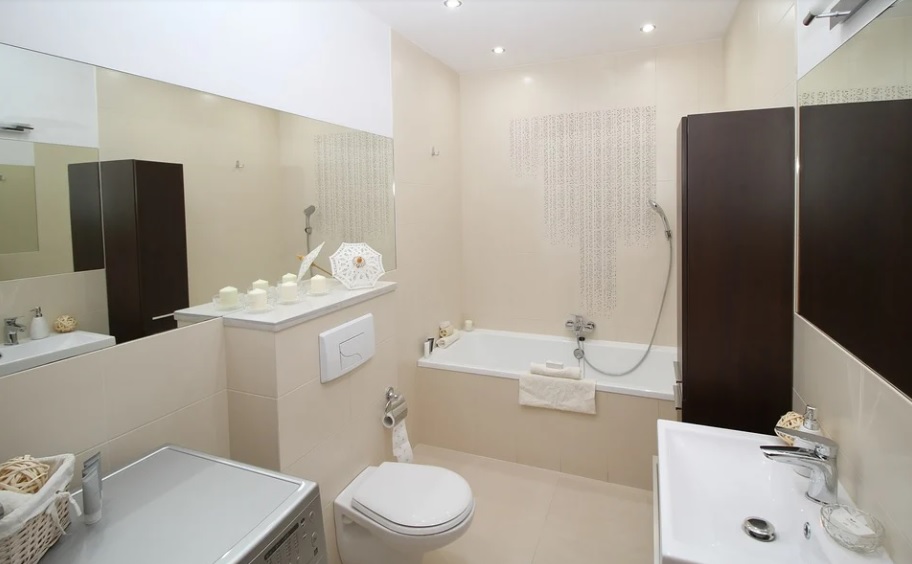A running toilet can be annoying when you’re trying to get to sleep at night. But, when your utility bill rises quickly and there are no visible leaks, a running toilet is the likely cause. Although they may seem like a minor issue, they constantly waste water and this can really add up over time. In this article, we will look at the true impact of a running toilet on your utility bills.
What is a Running Toilet?
A running toilet is a type of common leak that can be easy to identify in certain cases by a distinctive running water noise. But, there are times when it’s harder to notice a running toilet and you may be surprised when the utility bill rises rapidly. The best way to confirm a running toilet is to carry out some simple tests. To save water, turn off the water supply as you carry out these tests and then turn it back on when you’ve finished.
How to Carry Out a Water Test
Take a look inside the water tank. There are times when the water runs because the stopper flap will not close correctly. The flap may be tangled in a chain or it can become stuck due to debris or some other obstruction. If you’ve confirmed that the flap is working correctly, it’s time to check if there is a toilet leak that’s making the water run constantly.
This is an easy test. You don’t need any special equipment, the only requirement is some food coloring or dye. Make sure that the toilet has not been flushed for at least 20 minutes before you carry out the test to ensure that it’s accurate. Add the dye or food coloring to the top tank and let it sit there with no flushing for around 20 minutes. If your toilet is working correctly, this colored water should not reach the toilet bowl. If you can see the water in the bowl change color, then there is a running water problem.
What is the True Cost of a Running Toilet?
When a running toilet is ignored, it’s like you have a leaky faucet that’s releasing water 24/7. This will make a huge impact on your utility bills over time and it’s very wasteful. With a faucet leak, you can place a plug in the sink to check the volume of water wasted over an hour. Multiply this volume by 24 and you know how much water you’re wasting each day. This is hard to do in the toilet because of the design and the way it’s used. The only way to gauge the impact is to keep a close eye on your monthly utility bills.
2 Simple DIY Fixes
We’ve already covered checking and adjusting the flapper chain. The second simple fix is to check the water line which needs to be fully open or the toilet will not work correctly. Close and then open the water line again to make sure that the water line is clear. If these two fixes don’t correct the problem, it’s time to contact your local professional plumber.





